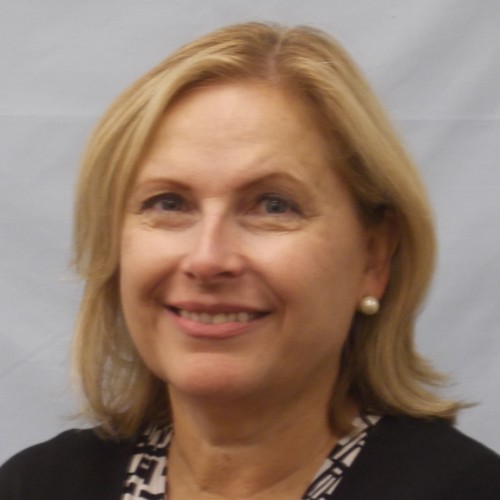NIC National Conference: Lenders poised to deal with quality operators
In a sea of dark suits at the Sheraton Chicago Hotel & Towers, senior housing developers and lenders are engaging this week in the delicate art of the deal at the 22nd NIC (National Investment Center) National Conference. This year’s mood is decidedly less gloomy than in recent years and even, observers suggest, cautiously optimistic.
At the same time there is plenty of speculation about the effects of the fragile economic recovery, a volatile presidential election, continuing deficit reduction debates and healthcare reform pressure on senior housing and nursing care.
Hot topics this year include the growing role of managed care, driven not so much by reform as by market forces; the move from fee-based to value-based payment structures and what that means for skilled nursing facilities; and the impact and financial implications of reimbursement cuts.
NIC officials are holding court with their comprehensive development and transaction data reports, led by NIC president Robert Kramer, who, as an unabashed cheerleader for the senior housing industry, happily noted that the sector has outperformed other commercial real estate sectors in past years, “contributing to investors’ interest with its lack of volatility as a needs-driven sector, providing stability during economic swings.
“We reached the bottom of the historic drop in construction activity and we’re climbing up,” Kramer added. He also noted the number of new lender attendees and their interest in making deals, but cautioned that “it doesn’t mean it will be easy to get a construction loan. There are still stiff requirements. Good luck without [having] a track record. You need to partner with an established operator.”
“Smart developers are developing strategically,” Imran Javaid, managing director, Commercial and Specialty Finance, Capital One Bank, said. “They’re taking functionally obsolete facilities and building out with a state-of-the-art focus. They are thinking affordability, less grandiose than the ’07-’08 big-build years.”
Upticks in occupancy were attributed to historic lows in inventory growth while the past 10-18 months have realized a slight growth in assisted living and memory care starts. “There’s more investor interest in needs-driven [inventory], Kramer said. Memory care, in particular, was mentioned as a sector to carefully watch as it has demonstrated rapid growth. However, Kramer cautioned careful consideration of this sector. “You’ve got to look at the local market. There are some underserved markets in memory care but there’s a danger of overdevelopment in other markets.”
QUALITY MATTERS
In addition to demonstrating a strong track record in the industry, borrowers looking to secure new construction, expansion or renovation funds better be ready and able to demonstrate high performance in multiple quality metrics including rehospitalization rates, and every manner of clinical care measurement including falls, pressure ulcers and unplanned weight loss. “Lenders now look at quality measures more than in the past and will only align with good operators,” Capital One’s Javaid, said.
“Quality operators will be in high demand for investors in this sector,” echoed Randy Richardson, NIC board chairman and president, Vi. “The role of the operator has been recognized as more important and that trend will continue,” reminding attendees that “we need to do a better job of serving our residents going forward.”
BY THE NUMBERS
Attendees at the NIC National Conference will depart Friday with their heads swimming with inventory growth, absorption rates and occupancy figures. Here’s a rundown of some notable numbers:
- In the United States, there currently are approximately 22,000 investment-grade seniors housing and care properties containing nearly 2.9 million units.
- There were a total of 42,641 units under construction in the 100 largest metropolitan markets as of March 31, 2012, including senior apartments. These units were within 354 new properties and an additional 194 properties that were expanding their existing supply of units.
- There were 19,765 senior housing and care unit starts as of March 31 this year, down from pre-recession (2007-2008) starts of 23,685 units, a 16 percent decrease but up 32 percent from last year.
- As of March 31, the top markets for construction activity include Chicago (2,402 units), New York (2,231 units), Minneapolis (2,174 units), San Francisco (2,156 units) and Atlanta (1,618 units).
- Independent living occupancy levels have grown from 87.4 percent in Q2 2011 to 88.5 percent in Q2 2012.

Patricia Sheehan was Editor in Chief of I Advance Senior Care / Long Term Living from 2010-2013. She is now manager, communications at Nestlé USA.
Related Articles
Topics: Articles , Executive Leadership , Housing











